Archaeological Site of Nalanda Mahavihara at Nalanda, Bihar
Ruins of the oldest center of learning in India, which lasted for 800 years.
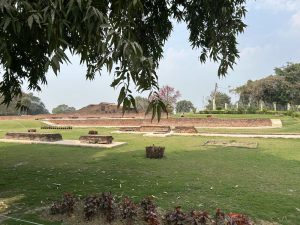
Ruins of the oldest center of learning in India, which lasted for 800 years.
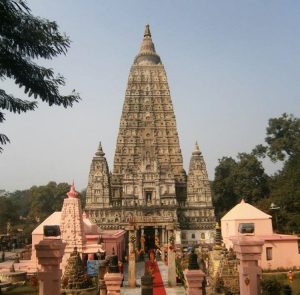
Where Buddha is believed to have reached enlightenment, with 7 sacred sites, now a place of pilgrimage and meditation.
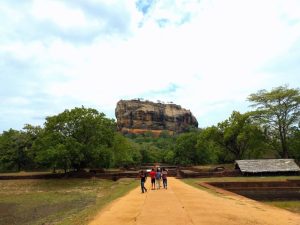
Ruins of a 5th-century city and palace on a dramatic rock outcropping.
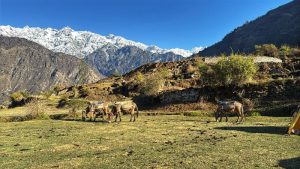
A mountainous nature reserve of great beauty and biodiversity protecting a range of species and habitats.
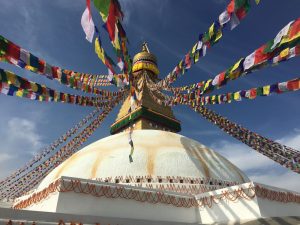
Seven religious monuments that represent the unique Nepalese culture, mixing Hinduism and Buddhism with animism and Tantrism.
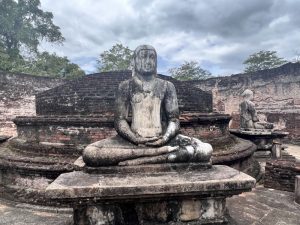
The 12-century capital of Sri Lanka built by the Chola rulers and containing the ruins of spectacular Buddhist monuments.
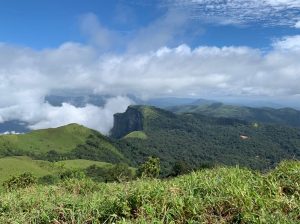
A mountain range supporting incredible biodiversity and a range of ecosystems, great for hiking and other outdoor activities.

A remarkable astronomical observatory with 19 large masonry instruments dating to the 18th century.

A wetlands nature reserve that is an important stopover for migratory birds, excellent for birdwatching.
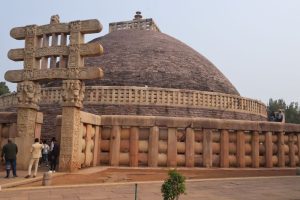
A collection of stupas, temples and monasteries that make up the earliest Buddhist sanctuary in the world.

Twenty-two 11th-century temples of the Chandela period, covered in exceptionally accomplished figurative stonework.
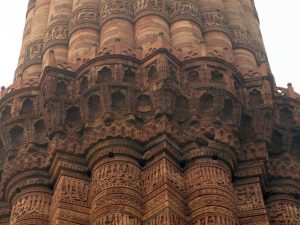
Remnants of early Islamic India, including Northern India’s oldest mosque and a minaret that is the highest stone structure in India.
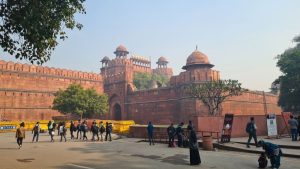
An outstanding example of Mughal architecture on a grand scale, with later British colonial additions.
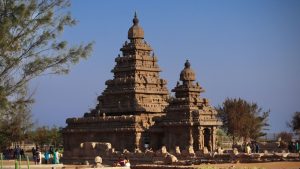
Caves, temples and sculptures that represent a unique testimony to the 6th-9th-century Pallavas civilization.
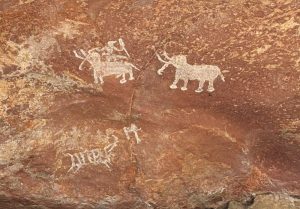
Artworks spanning thousands of years and depicting animals, people, rituals etc. related to the culture of local indigenous groups.
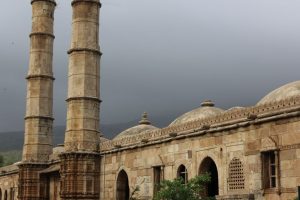
Twin sites with the remains of remarkable pre-Mughal architecture in Gujarat: mosques, tombs, stepwells and more.

A beautiful subtropical nature reserve that is home to hundreds of species, including endangered animals like the Bengal tiger and the one-horned rhinoceros.
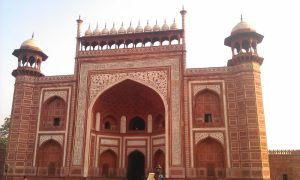
A stunning example of Mughal architecture in the form of a fortress containing palaces, audience halls and mosques.
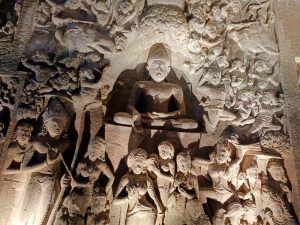
Thirty ancient caves carved into a cliff wall, many of them filled with Buddhist paintings and sculpture.
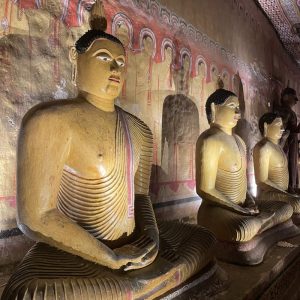
Five cave temples decorated with Buddhist paintings and sculpture, a place of pilgrimage for 2000 years.
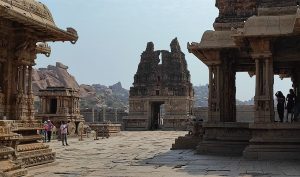
Hundreds of ruins of temples and other structures of the vanished Vijayanagara kingdom.
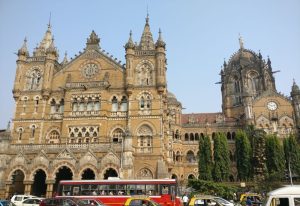
A busy 19th-century Gothic Revival train station in Mumbai that blends Victorian and Indian influences.
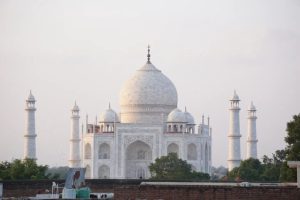
The most famous monument in India, a landmark of Mughal-era architecture and a symbol of eternal love.
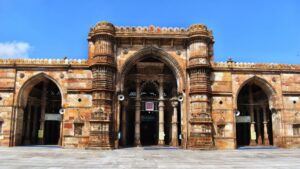
A medieval walled city of unique gated communities and many architectural monuments in a mix of styles.
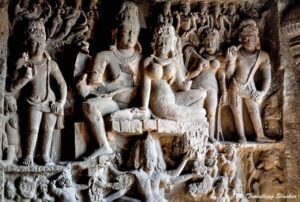
34 stunning stone-cut caves with carved and painted images from three different religions.
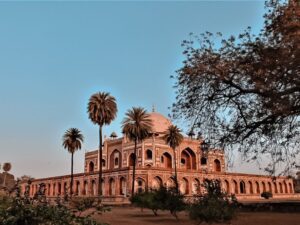
A 16th-century tomb within a complex of tombs, the first garden tomb and the inspiration for the Taj Mahal.
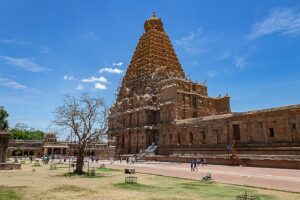
Three outstanding 11th-12th-century temples covered with carvings depicting elements of Hindu mythology.
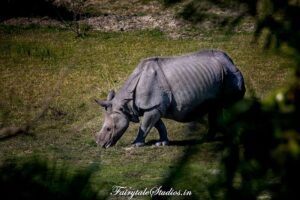
A riverine wildlife refuge that is home to many rare and threatened species, including the one-horned rhinoceros.
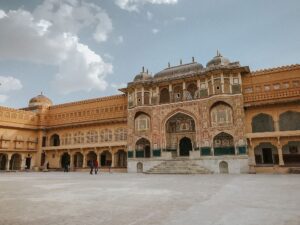
Six ornate and unique forts, legacies of the Princely Rajput states.
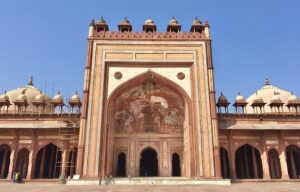
An ancient city that is a masterpiece of Mughal architecture.
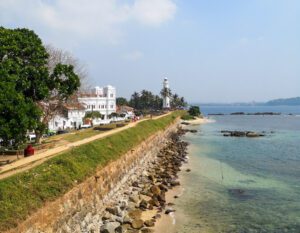
A charming and well-preserved colonial fortified city in Sri Lanka.
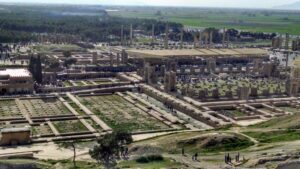
Ruins of what was a magnificent palace complex over 2000 years ago, capital of the Achaemenid Empire.
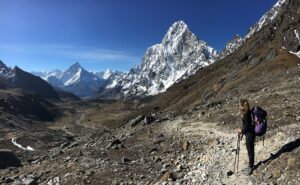
Breathtakingly beautiful snow-capped mountains, including Mt Everest; endangered species; and a Nepali Sherpa population that practices Tibetan Buddhism.

A vast nature reserve with breathtaking scenery, perfect for intrepid nature lovers.
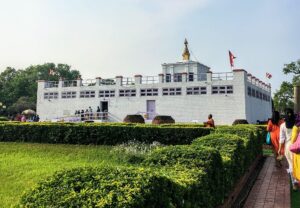
The holiest place in Buddhism, containing archeological evidence of Lumbini’s importance as a pilgrimage site.
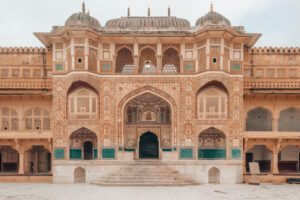
A planned 18th-century walled city, famous for its pink architecture.